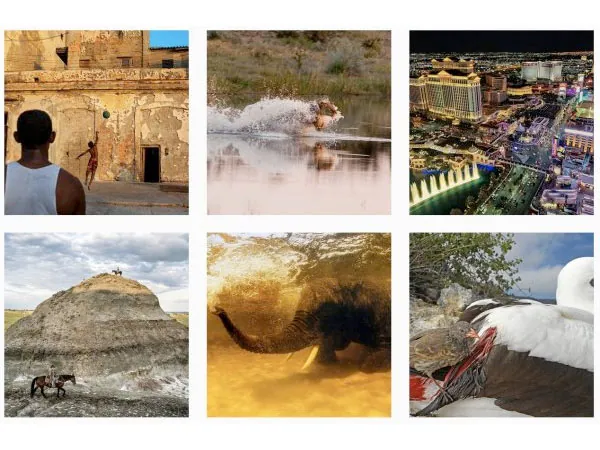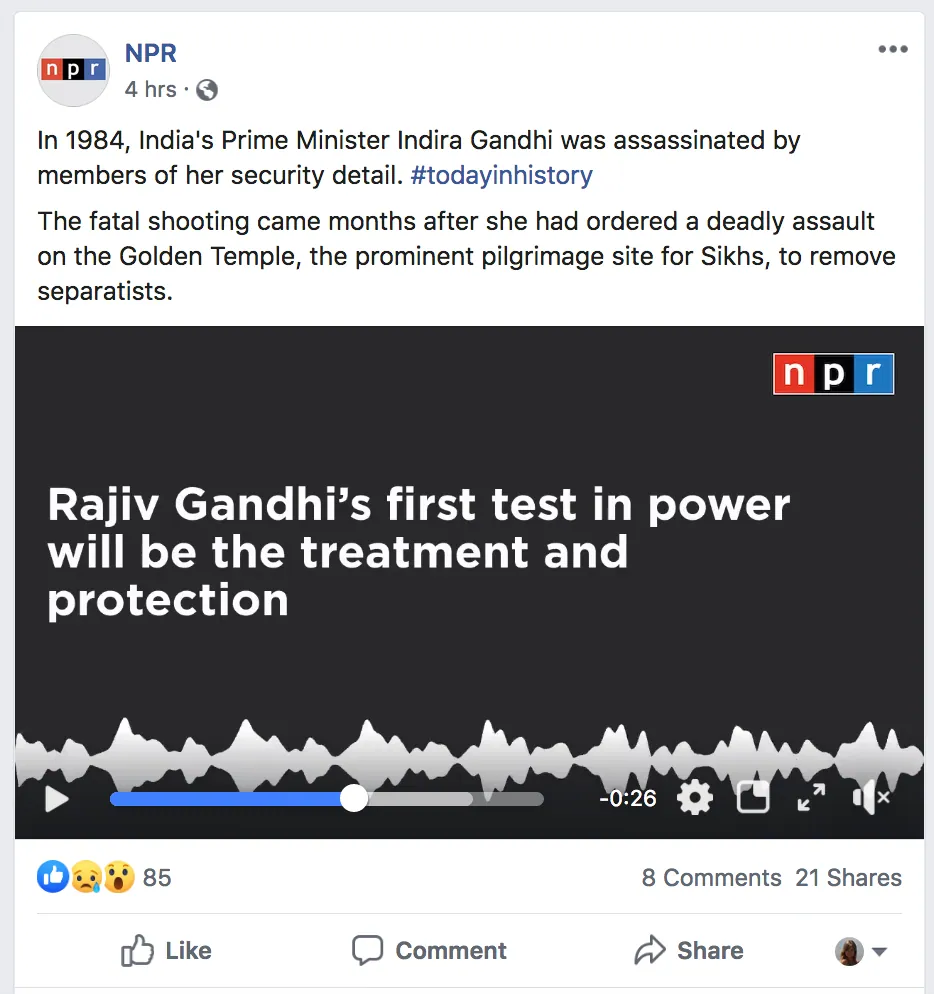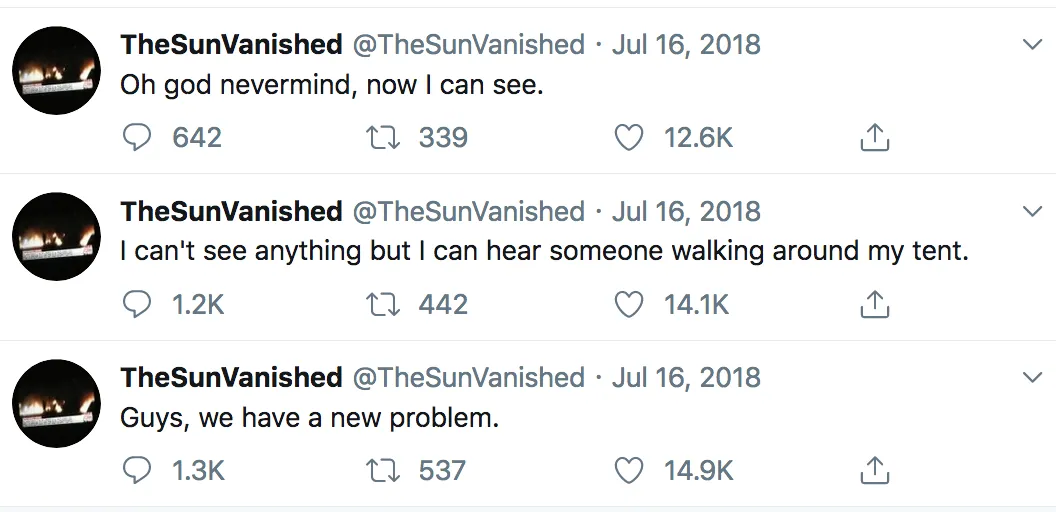The Unique Magic of Social Media Storytelling
Storytelling in marketing is nothing new. We see it every time a bear picks up a roll of toilet paper, or Santa pops up with a soda can during the holidays. Using character development, serial stories and brand humanization have been all the rage for as long as advertising has been around.
Using storytelling on social media is also nothing new. But we are seeing it adapt and evolve into something that is more than just impressive... it is magical.
How can you implement this style of engagement into your own campaigns? Let's start by taking a look at what storytelling really means in the landscape of social and digital marketing today.

National Geographic Causes a Wave
One of my favorite examples of social media storytelling comes from National Geographic. They created a story involving vivid, beautiful images from around the world of wildlife, nature and exciting placed most of us have never been to.
In 2018, they managed to grow their followers to an amazing 350 million+. Their social strategy is responsible for almost all of it and all they had to do was provide an interesting story to their audience, an audience who responded immediately. They knew who their target demographic was and gave them exactly what they wanted.
Telling Your Own Story
So, now that we have seen how one brand did it, how can we follow suit? It comes down to a single need: you need to have a story to tell. From there,anything is possible.
Coming up with a story might actually be the hard part. Not every brand is built the same and neither are their followers and potential followers. You need to look for something that is really going to capture their attention and get them on board for future "installments".
We can see this in practice in many different arenas. News outlets have started using storytelling as a way of presenting information and editorials right there in social feeds. NPR has started writing smaller summaries of larger stories on their Facebook page, accompanied by links. What they have found is an increase in their "Other Clicks". This is when someone clicks on the "read more" tab on a post.

Though this decreases their traffic for the story from that particular source, it is having an interesting effect. Readers are getting their information in that bite sized package and then they are engaging. They reply to the post, reply to one another and even get into passionate debates right there in the link comments. Those people also share the content, including the full summary, which is then read by friends, who start conversations on those pages or go back to the original post to comment there.
Other social media platforms are starting to become a focus for brands who have a story to tell. Snapchat Stories and Instagram Stories are becoming huge assets. They give you the ability to provide off-the-cuff visual tales that are short enough for anyone to consume while they are on a break at work, or sitting and waiting for the bus.
Providing customers and audiences with a behind the scenes look at what is happening in your company has never been easier. Just imagine, attending a conference and making a story about arriving there, or meeting someone influential in the industry. Or maybe capturing a key moment in a lecture you know your followers will love.
The Rise of Single Plot Social Stories
It isn't only companies that are getting on board. We have seen some incredible stories being shared on sites like Twitter that have gone viral over the past couple of years. Two of the biggest examples are "Dear David" and "TheSunVanished".
Both are horror stories that claimed to happen in real time. The first tells the story of comic creator and writer Adam Ellis, who claims his apartment is haunted by a boy named David. Through several weeks he disseminates updates about the creepy happenings in his home. This includes videos, photos, drawings and communication with people following the story.

The second is a mystery told by a young man who swears the sun has vanished one day. Through his time on Twitter, he talks about the ever complex alternate reality where the world is panicked and facing the consequences of 24/hour darkness.
Not only did both of these Twitter accounts gain an unreal number of devotees tuning in for every update, but they also showed the potential for moving beyond a single platform without any extra work…
Reshare Value
The two examples above were reshared like all other viral content. What made them unique is that a new kind of resharing became commonplace. Other platforms and other users on those platforms began creating content that followed their content. Unlike collaborative work, this was purely analytical, a form of entertainment where the stories were deconstructed and fan theories were exchanged.
Suddenly, you had YouTube channels creating videos without any connection to either of the stories. This led to them making their own stories and leading more viewers back to the original Twitter handles to bolster the follower count all over again. Reddit discussions branched the discussion out even more.
It is a trend we are seeing more often and it shouldn't be ignored. Stories are not just a way of telling what happened, they are, by their very nature, meant to be shared with others. When you take part in storytelling and you do it on platforms that give you access to a global audience, the sky is the limit.
Quick Tips
Looking at the examples above, here are some quick and dirty tricks we can gather and use ourselves:
- Write like a writer, not a marketer.
- Know the audience you are writing for.
- Visuals are key.
- Be human, not robotic.
- Aim to engage, not talk at, your followers.
- Emotion is crucial, both showing and sparking it.
- Be authentic at every opportunity presented.
If you want to learn more about implementing storytelling across your social media platforms, get in touch with the team at Zeemo today.
